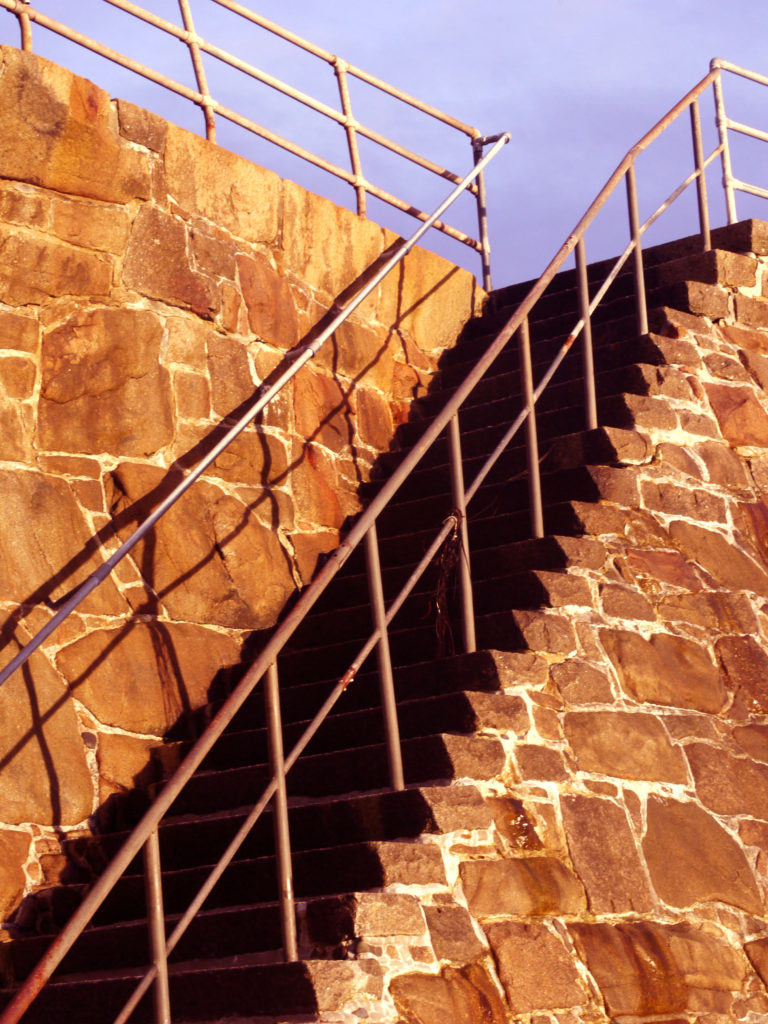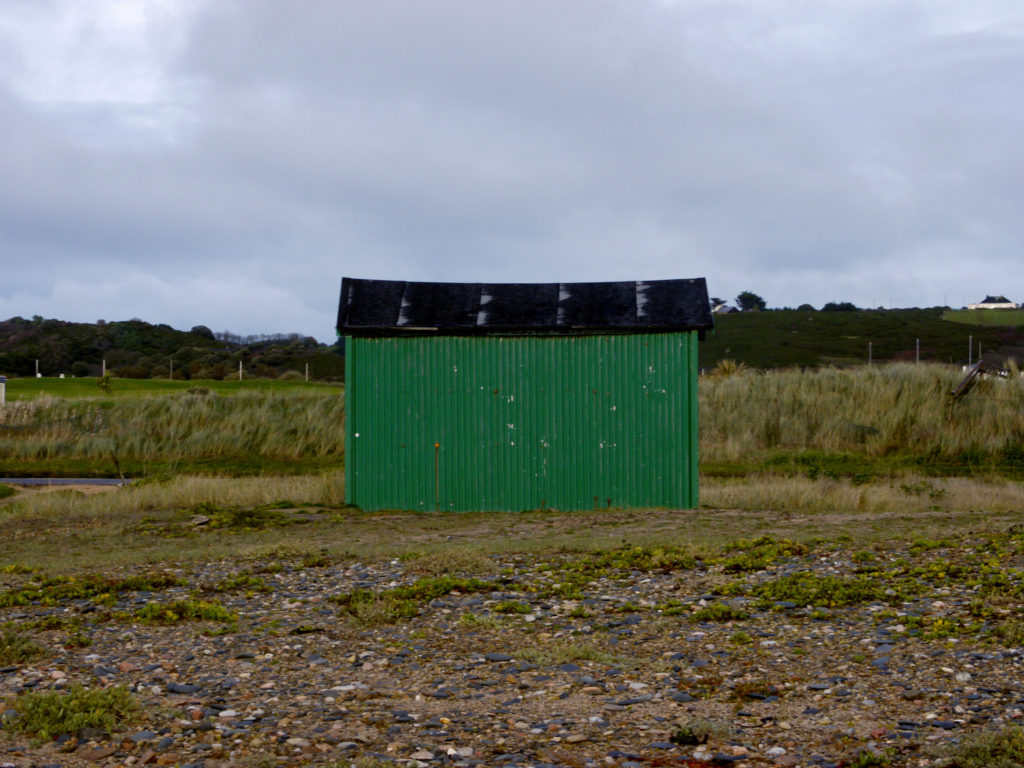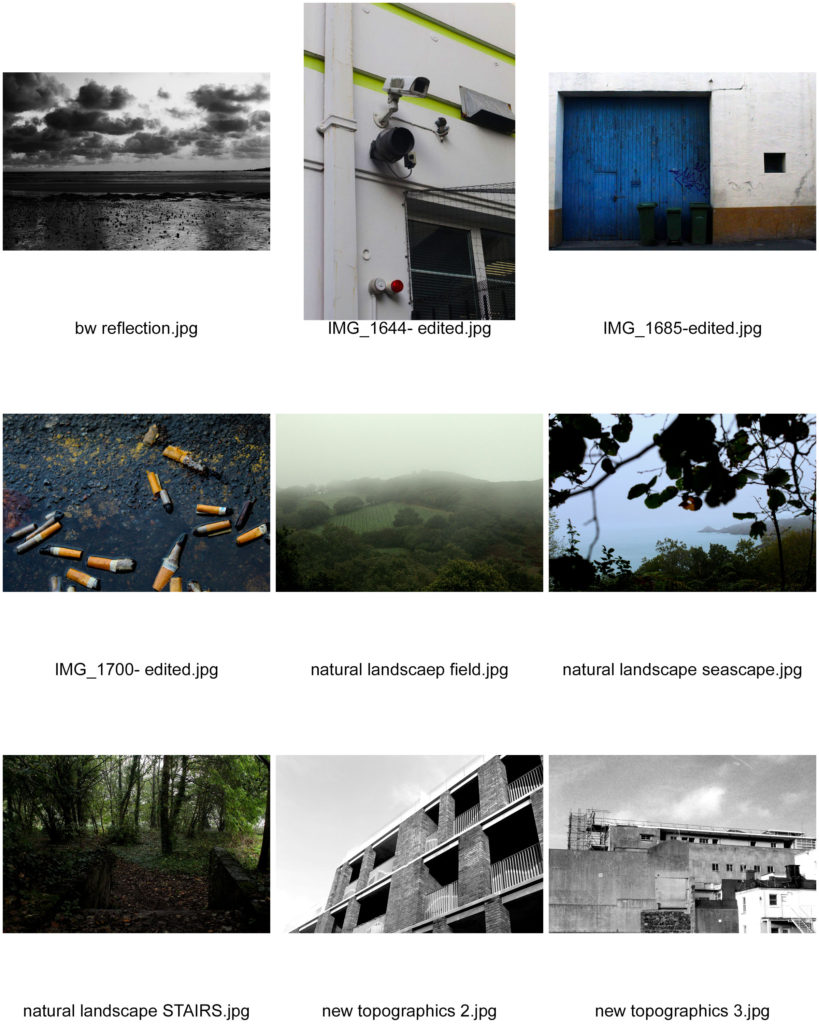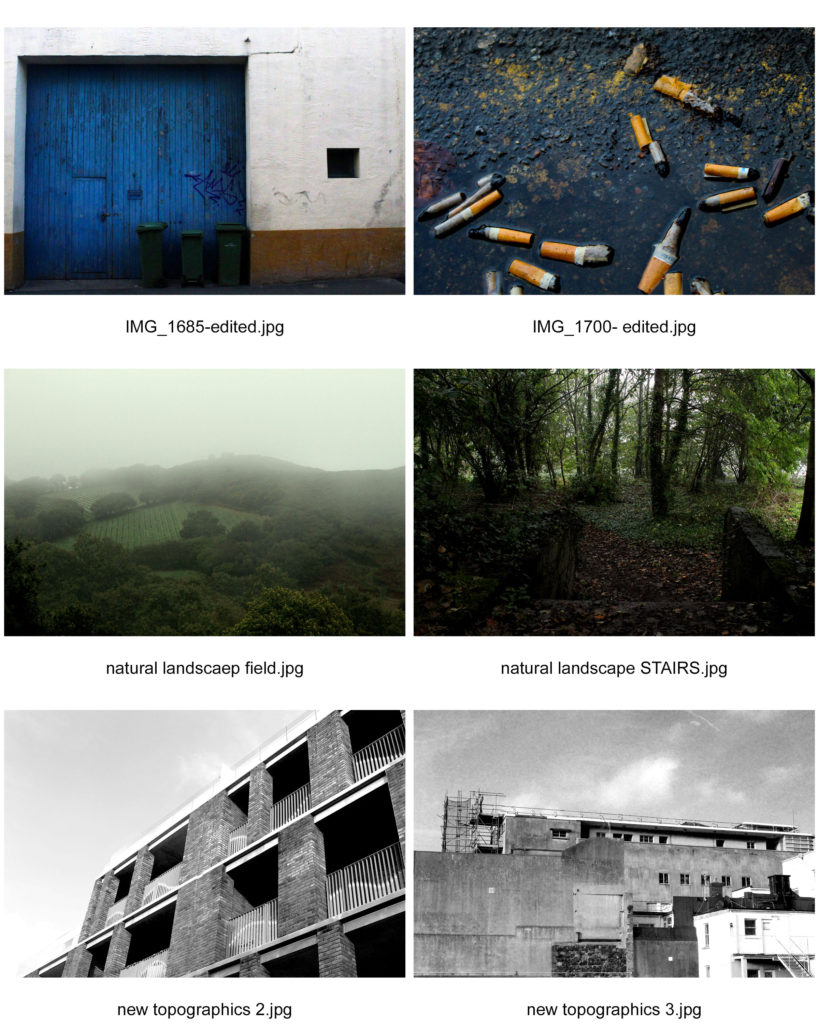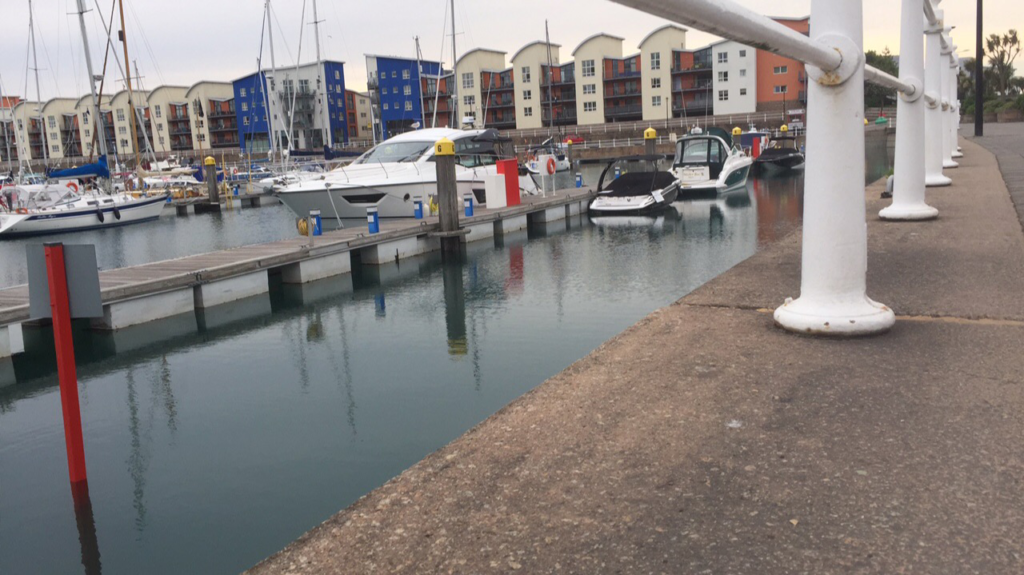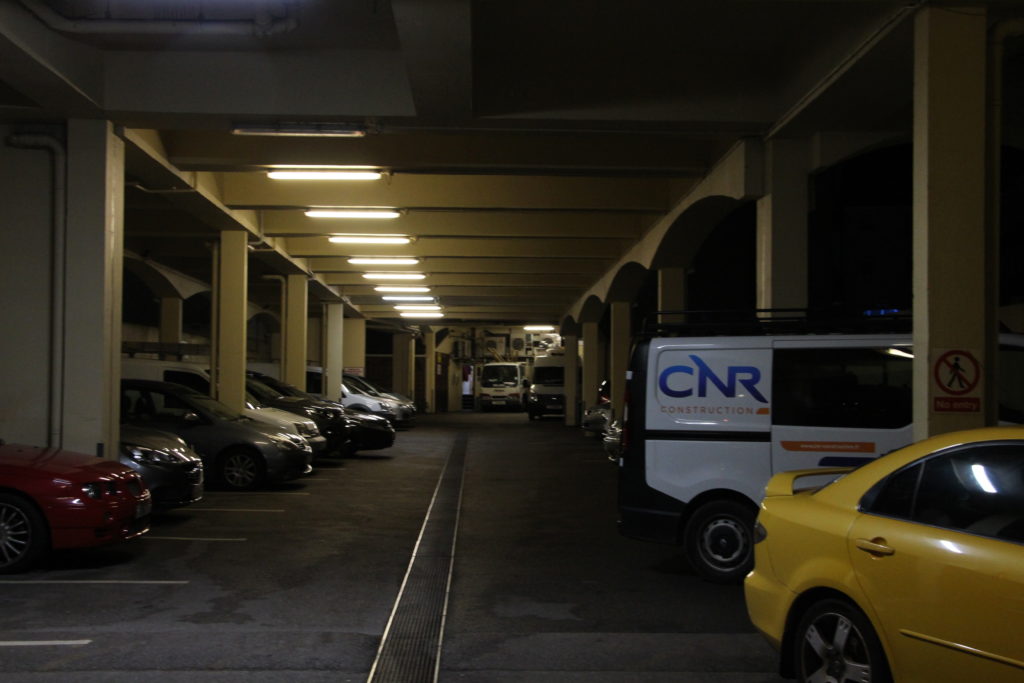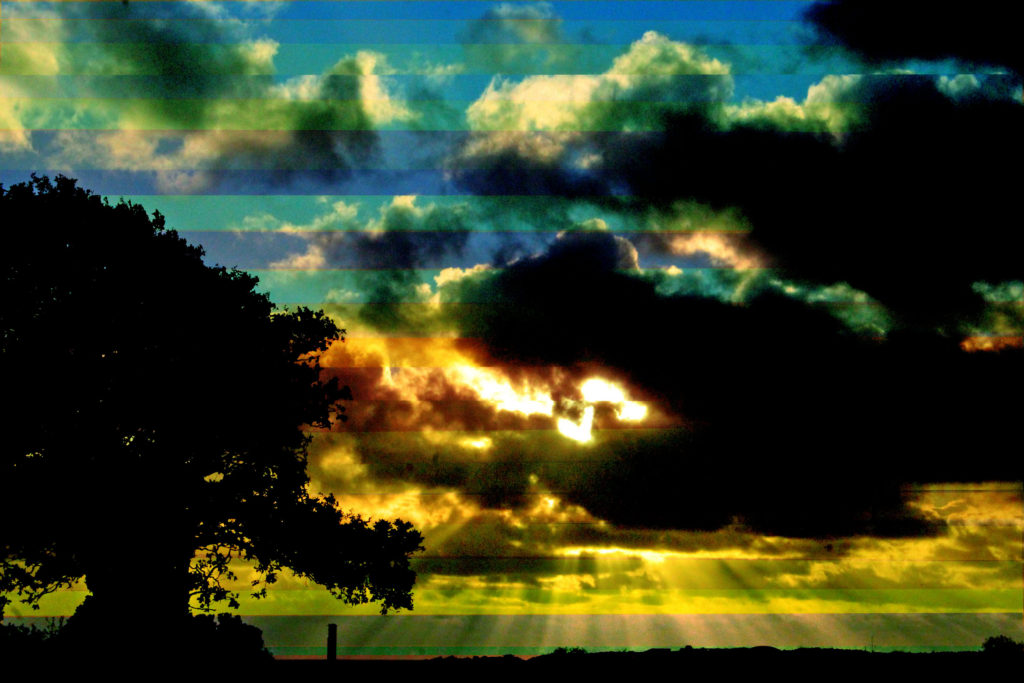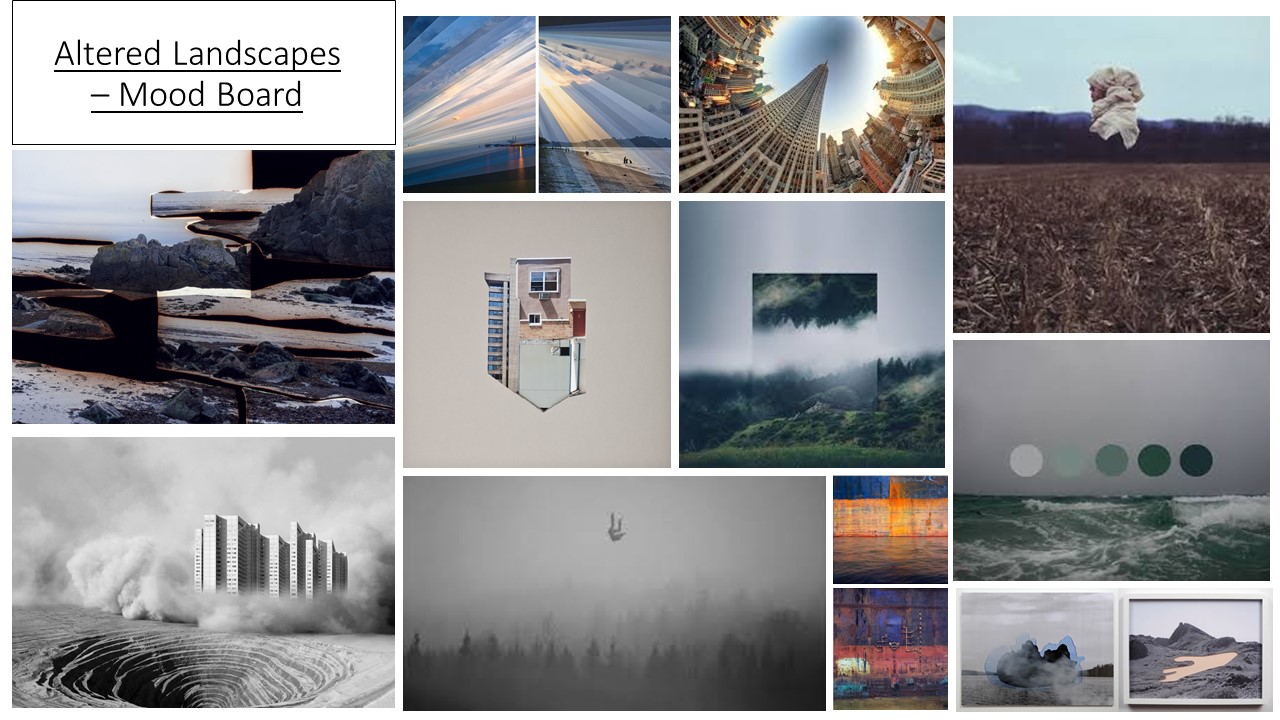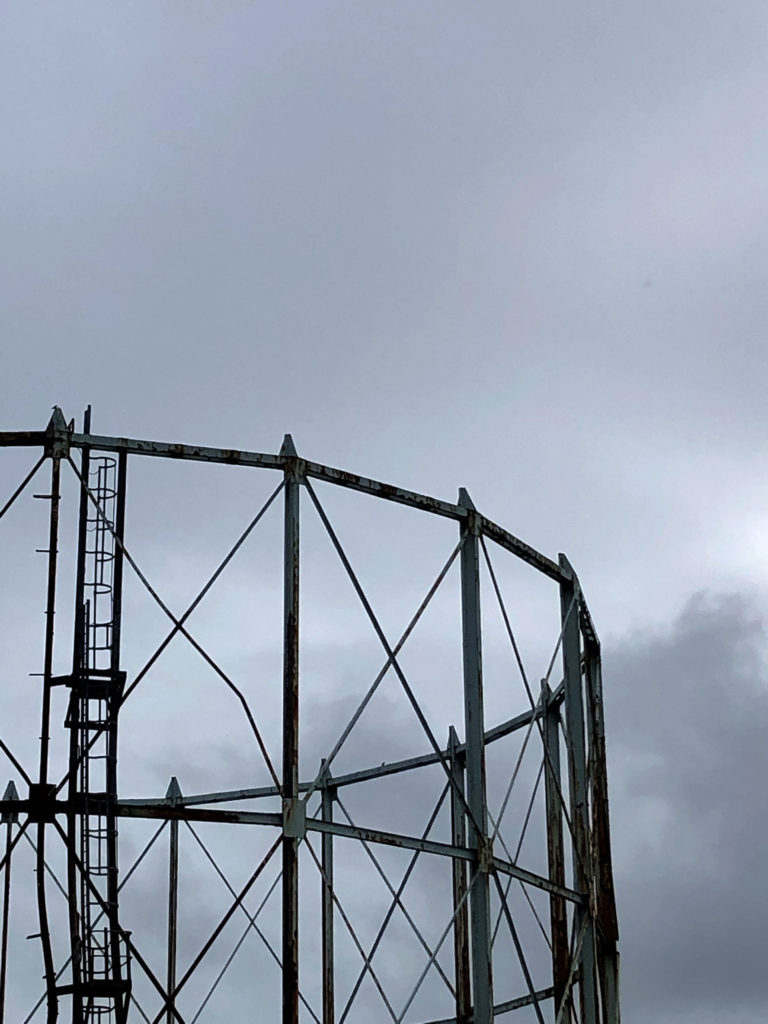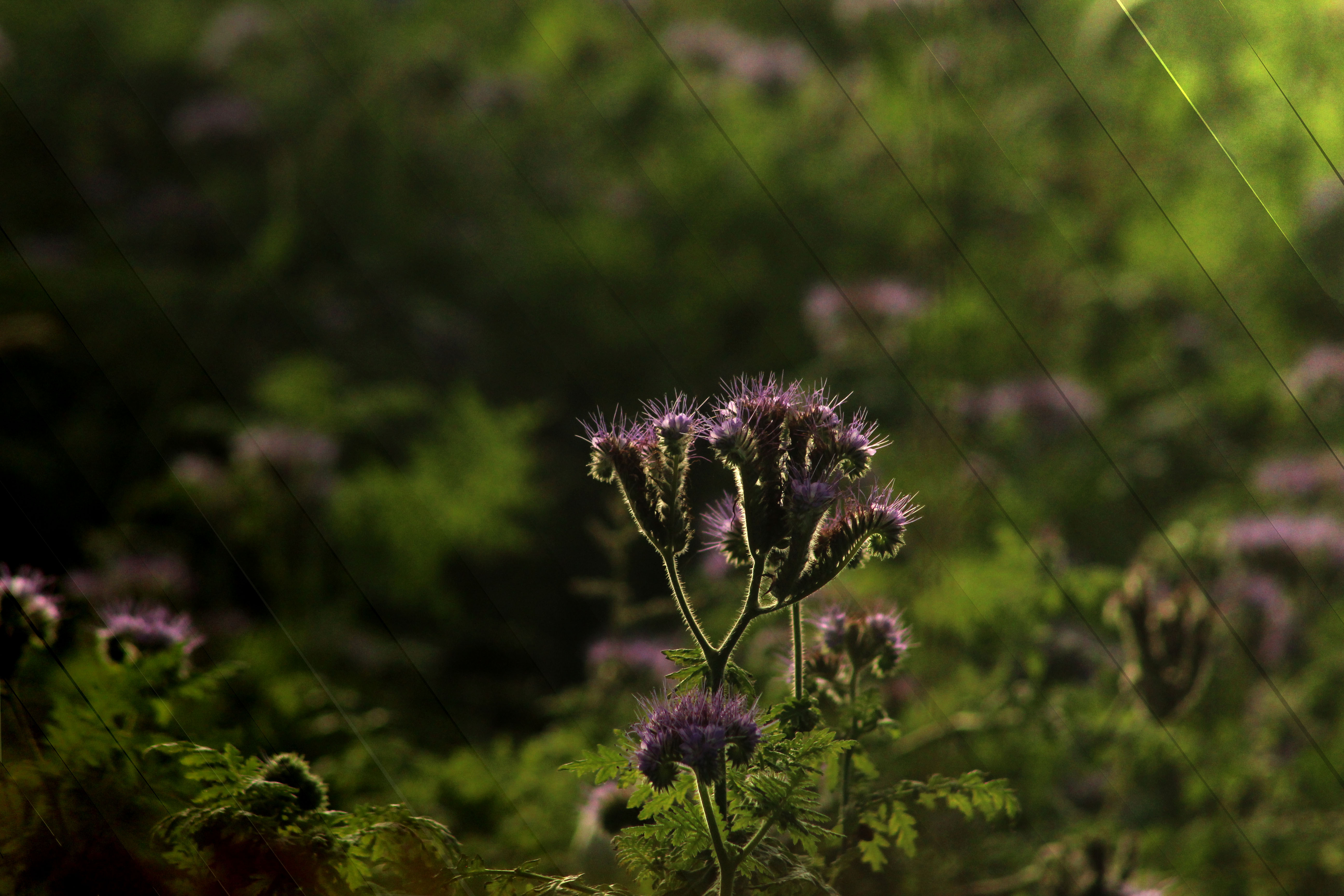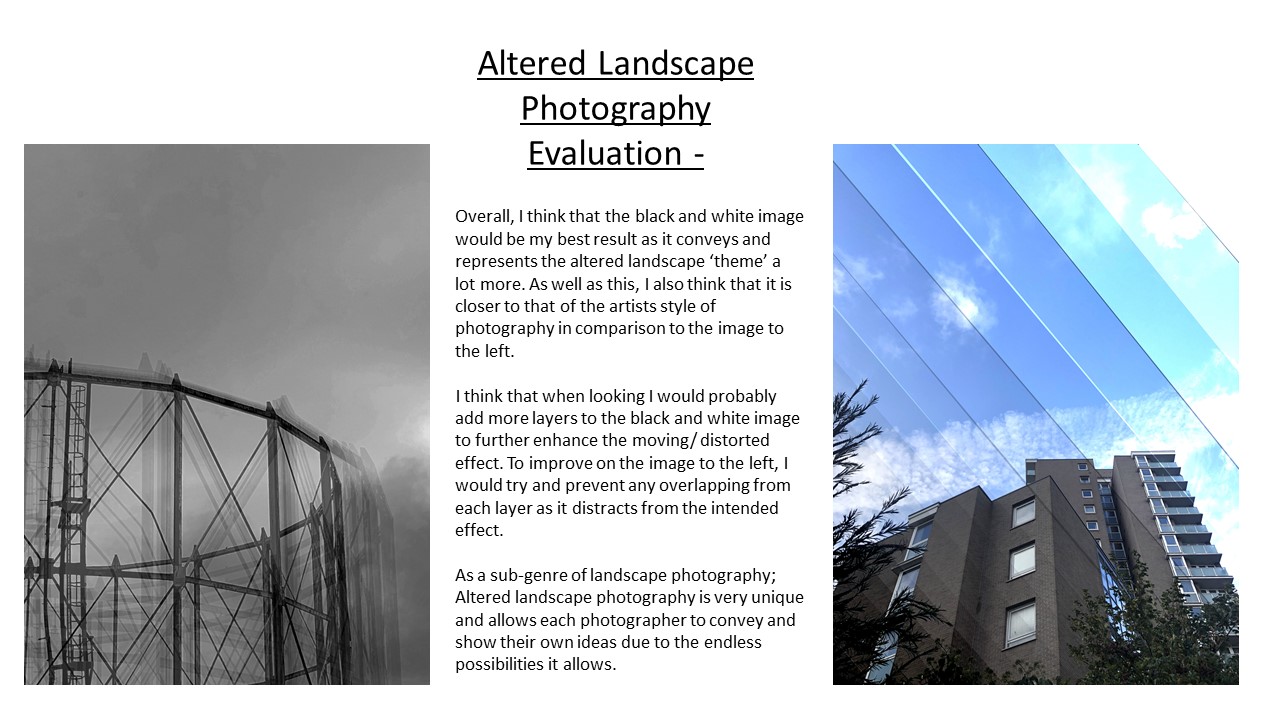Below are my favourite outcomes from the urban landscape project. I like how they were shot and how they have edited to enhance the photograph.
outcome one

I chose this photograph as one of my favourite outcomes, because I like how the metal contrasts with grey sky. I also think the colour of the rocks is interesting and eye-catching. If I were to take this photograph again, I would try and get more of the sky into the photograph to improve the composition and balance the photograph out.
outcome two

I chose this photograph as one of my favourite outcomes, because I like the lettering on the tank and the way it stands out against the army green tank. The fencing adds dimension too, which I like. If I were to take this photograph again, I would try to centre the writing to make it more aesthetically pleasing.
outcome three
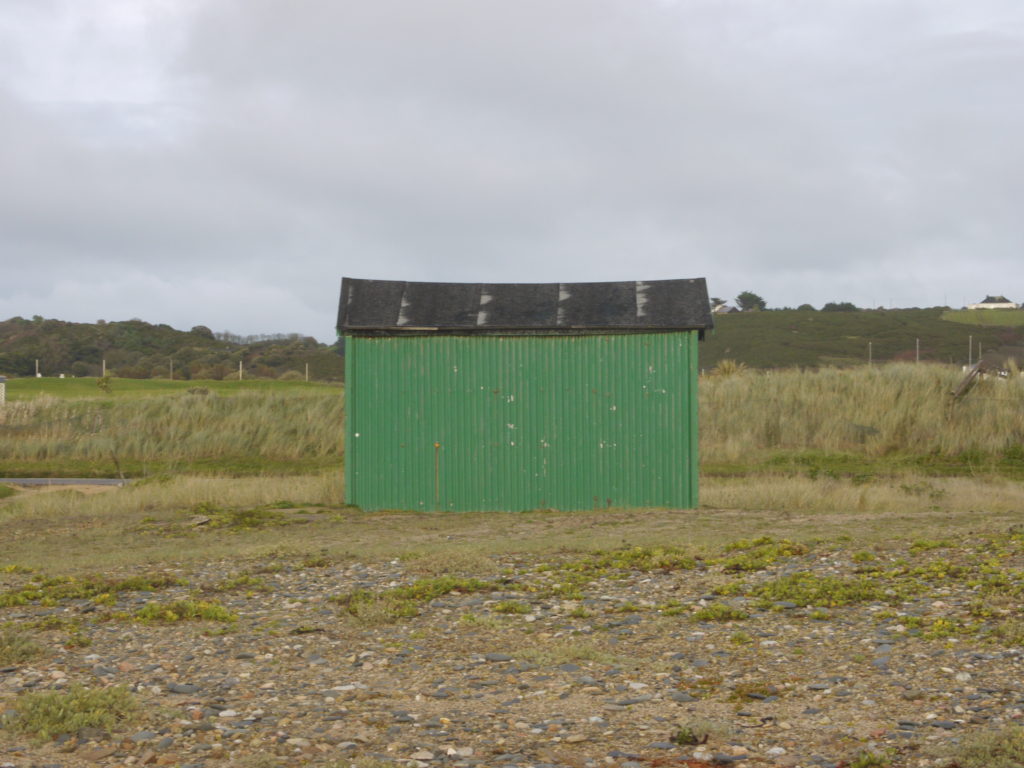
I chose this photograph as one of my favourite outcomes, because I like the simplicity of the shot. The composition is simple but effective as it is very easy to view. If I were to take this photograph again, I would try to centre the horizon line to get a balanced shot.
evaluation
I found that most of photographs that i took didnt turn out very well, because they were either too under or over exposed or they werent in focus. I also didnt think they fitted in with the urban landscape genre or were very interesting. I really enjoy the more simplistic shots that I took, because I like the way they look.


